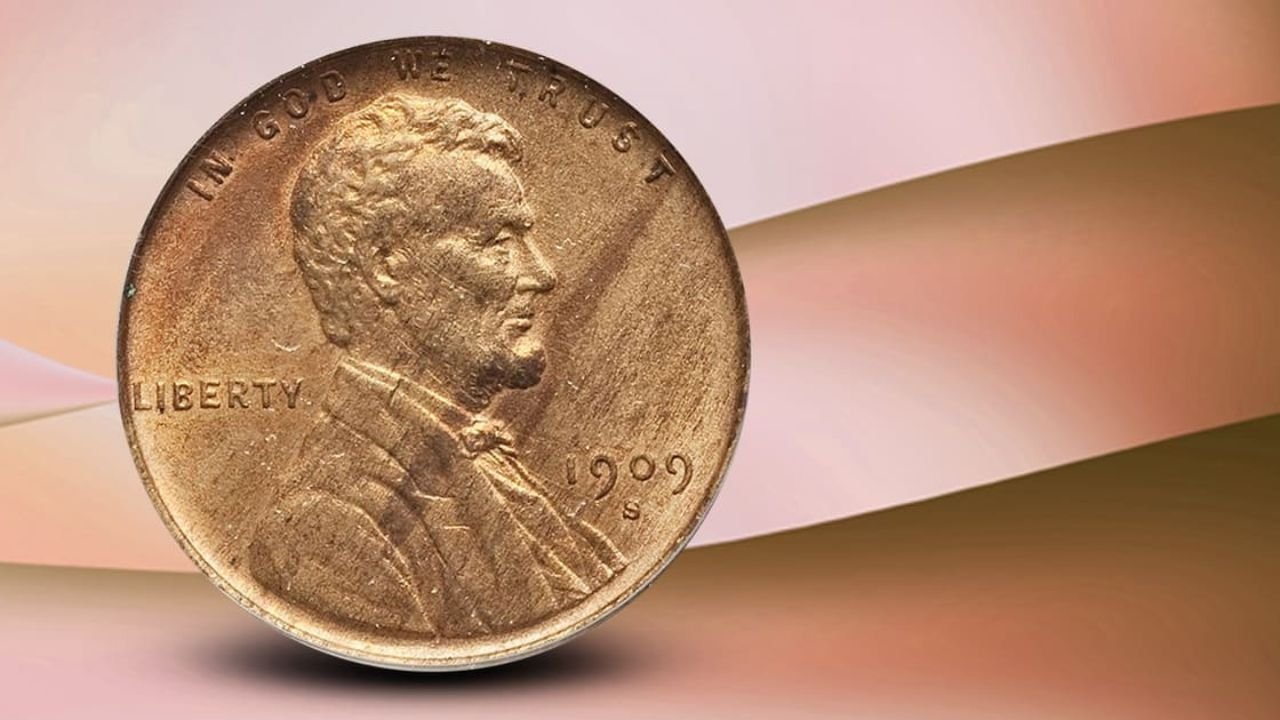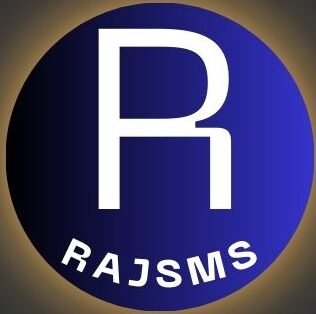Old coins ought to be more than just a coin; they are sort of like portals to a bygone time in America, and therefore a life-transforming treasure for some collectors. The pennies were minted from 1909 to 1958, with a huge circulation of the coins passing through countless hands; nevertheless, there are just a few coins that stand out among the millions produced: a handful of rare specimens whose value could range in the thousands or even millions of dollars.
Join us in looking at five Lincoln Wheat Pennies that combine to be a total of nearly $12 million.
Copper Wheat Penny of 1943
As World War II raged, the U.S. Mint had switched over to zinc-coated steel pennies in 1943 to conserve copper for the war effort. Mistakenly, however, a few blanks produced in 1942 had been used to strike pennies in 1943. This error created the extremely rare 1943 Copper Wheat Penny.
An estimated 40 coins are known to exist, making it some of the most coveted errors among collectors. In 2010, a 1943-D Copper Penny sold for an astonishing $1.7 million. Even a well-worn example can command six figures with ease.
Identification
Magnet Test: The copper penny will not stick, unlike other traditional 1943 steel pennies.
Color: Should be reddish-brown, meaning it is copper, and not silvery like steel.
Authenticity: Watch for altered examples, as there are some 1948 pennies that have been fraudulently altered to appear like 1943s.
1944 Steel Wheat Penny
The 1944 steel wheat pennies are a failed step of zinc-coated steel pennies made accidentally by the U.S. mint in 1944. The 1944 steel cents are an error that was accidentally made because some of the steel blanks were left over after the production of the 1943 steel cents. Hence, the coinage for the year 1944 was made in steel and not in copper.

Only about 30 examples are known to exist, making this error more rare than the 1943 copper penny. In 2021, a high-quality 1944-S steel penny sold for the staggering sum of $408,000.
Identification
Magnetic Test: The steel type won’t stick to a magnet, unlike the 1944 copper penny.
Color and Weight: It should be silver gray and weigh 2.7 g (compared to 3.11 g for copper cents).
Mint Mark: Coins exist from all three mints; Philadelphia has no mint mark, Denver coins are marked D, and San Francisco has S.
The 1955 Double Die Obverse
Among Americas coin history, the 1955 Double Die Wheat Penny ranks as one of the most well-known of mint mistakes at that. Due to misalignment in the die hubbing process, the coins design was then doubled when creating the dies, resulting in letters and numbers that overlap noticeably.
Even after the error was caught, the U.S. Mint did not destroy the coins but took them into circulation. Thus, it became immediately rare and one of the most highly touted and valuable Lincoln cents.
In a public auction, a 1955 Double Die Penny graded high in quality was sold for $114,000 in 2018; even worn, the coins can go up against thousands.
How to Identify It
Look for Doubling: There should be obvious doubling on the date (1955), “LIBERTY,” and “IN GOD WE TRUST.”
Obverse Only: The doubling is only apparent on the front of the coin, not the back.
Beware of Fakes: Numerous counterfeit copies exist, making professional verification recommended.
1909-S VDB Wheat Penny
The 1909-S VDB penny is regarded as a legendary Lincoln cent – this penny is actually considered part of the very first batch of Lincoln cents, which initially bore the initials of its designer, Victor David Brenner, VDB, on the reverse. Complaints about the prominence of the initials, nevertheless led to their removal from the coin after a very short production run.

Only 484,000 pennies with the 1909-S VDB dates were minted, making it a true key rarity of the series. In 2014, a nearly perfect MS67 Red example sold for $117,500.
Identification:
Bottom of reverse side: “VDB”
Ask for “S,” and it was minted in San Francisco.
Some Philadelphia (no mint mark) coins were changed to verbs in spelling “S”; therefore, be careful about them.
1914-D Wheat Penny
It is not an error, unlike the earlier coins, but rather just an example low-mintage rarity. Production at the Denver Mint totaled just over 1.1 million pieces, a drop in the bucket by other years’ standards. Most of the mintage circulated well, making high-grade coins especially valuable.
In 2018, a pristine penny from 1914-D that was graded MS66+ Red went up for sale for $158,625, an exciting proof of the coin’s timeless worth for collectors.
Identification Tip:
- Look for the “D” mint mark below the date, meaning it was minted in Denver.
- Altered Coins Avoid: Dishonest vendors add a fake “D” mintmark to a regular 1914 penny.
- Check for wear: All genuine pennies of 1914-D showcase some wear on Lincoln’s cheek and the wheat stalks.
Lincoln Wheat Pennies have failed to disappoint as pieces among the most sought-after collectibles in numismatic circles.
As luck would have it, if one happens to get hold of any of these rare coins, that person could be sitting on a small treasure.
It could range from an error penny to a key date rarity- these have proven that little changes can actually be worth a lot.
FAQS:
How can I tell if I have a rare Lincoln Wheat Penny?
Check the date, mint mark, weight, and look for errors like doubling or incorrect metal.
Are 1943 steel pennies valuable?
Most are common and worth a few cents, but the rare 1943 copper penny is worth over $1 million.
What is the most expensive Lincoln Wheat Penny?
The 1943-D Copper Penny sold for $1.7 million, making it the most valuable.
Why are 1955 Double Die Pennies valuable?
The doubling error was noticeable and released into circulation, creating a collector’s rarity.
Can I sell my old pennies for cash?
Yes! If you have a rare penny, coin dealers and auctions can help you sell it for top value.

